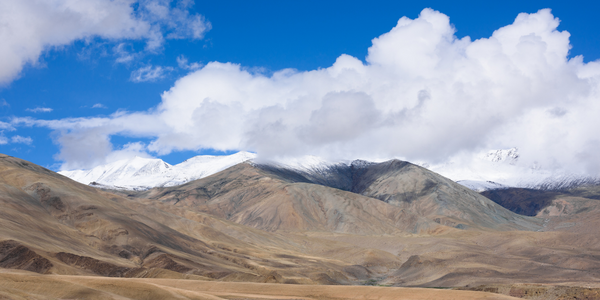Overview
 |
MOUNT RUAPEHU ALARM NOTIFICATION SOLUTION SAVES LIVES ON VOLCANO’S EDGEWIN-911 |

|
Functional Applications - Remote Monitoring & Control Systems Sensors - Dimension & Displacement Sensors Sensors - Level Sensors Sensors - Vibration Sensors | |
Business Operation | |
Structural Health Monitoring | |
Quantitative Benefit
On March 18, 2007, a tephra dam collapsed, causing a “medium” sized lahar which flowed down the mountain and into the Whangaehu River. The ERLAWS system activated at 10:47am and worked exactly as planned. Scientists estimate that 1.29 million cubic meters of sulphur and water went down the Whangaehu Valley. Police and Civil Defense workers immediately closed roads around the southern side of the mountain, where the flood was heading and evacuated nearby residents. Thanks to the fast work by local authorities, notified by ERLAWS, there were no reports of injuries. This lahar was at least 50% larger than the 1953 lahar that caused the Tangawai disaster. New Zealand’s Civil Defence Minister Rick Barker said, “We put trust and faith in the engineers and the engineering solutions, and it appears that trust has been well placed. The warning systems worked as designed … the alerts went to the rest of the community and people adopted the appropriate procedures.” Chris Carter, New Zealand’s Minister of Conservation added, “The early warning response system that this government provided worked exactly as planned. The management system for the Mount Ruapehu lahar is the international best practice for this type of natural event.” | |


